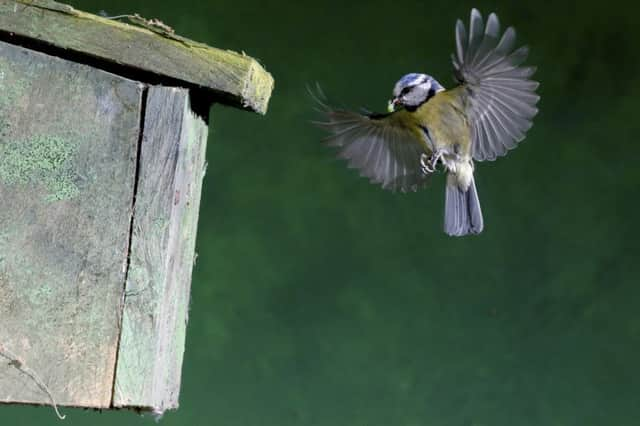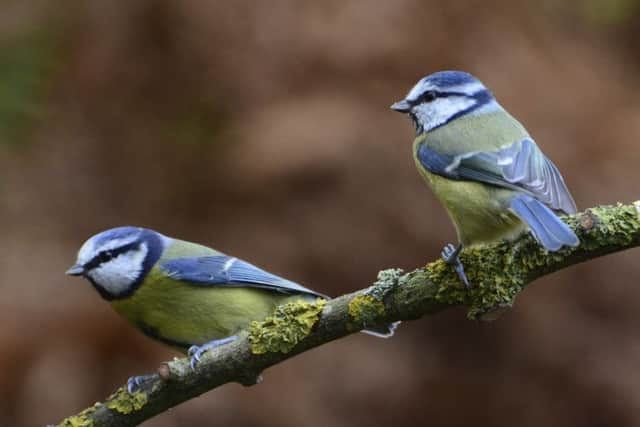Mystery of Scotland’s vanishing blue tit chicks


New research by Scottish scientists suggests a staggering 90 per cent of blue tit nests in urban areas failed to produce a single surviving chick – and the cause is a mystery.
Dr Davide Dominoni, an expert on urban ecology, said: “This year we observed a very bad year for the birds in Glasgow – much worse when compared to last year.
Advertisement
Hide AdAdvertisement
Hide Ad“We had more or less the same number of breeding pairs as last year but 90 per cent of the nests completely failed, with not a single chick.”


As part of the study, Dr Dominoni, of Glasgow University, established 500 nest boxes at five Scottish sites – two in woodland near Loch Lomond, one on farmland near Clydebank and two in Glasgow – and observed them last year and this.
He said: “One of the first observations we made is that in these two urban sites the blue tit parents work extremely hard during this nesting period when they have chicks in the nest. Male and female go back regularly to the nest and give food to the nest.
“Urban parents provide food to the chicks more often, they go back to the nest box more frequently than in the forest sites, they’re working harder to make sure the chicks will fledge.
“But contrary to expectations, both the size of clutches and number of fledglings is lower in urban nests which suggests urban parents work very hard for very little pay cheque.”
Dr Dominoni would have expected more than half the 100 urban nests to produce chicks which fledged, but of those nests where a chick or chicks hatched, most died before they could leave the nest.
He said that although he did not have data from other cities, he expected the situation there would be similar.
And he said that while the cold spring may have contributed to the problem – temperature is linked to the availability of food such as the larvae of moths and butterflies – that did not explain the difference between success rates in city and country.
Advertisement
Hide AdAdvertisement
Hide AdOne theory Dr Dominoni is now keen to test is whether young and inexperienced birds are tempted from forest areas into cities when bird-lovers put out food in the winter, leading to urban food shortages during the warmer weather.
He said: “We still have little information about how the songbird populations in towns are sustained.
“During wintertime in the forest, or more remote areas, there is little food available and many of the first-year birds – those born in the previous spring – move towards villages, private gardens and towns because there in winter they can find more food because people put it out in their gardens.
“Once they move they might very well think, ‘This is a good place to breed, there’s extensive food, better than where I was born’, and then they would be trapped.”